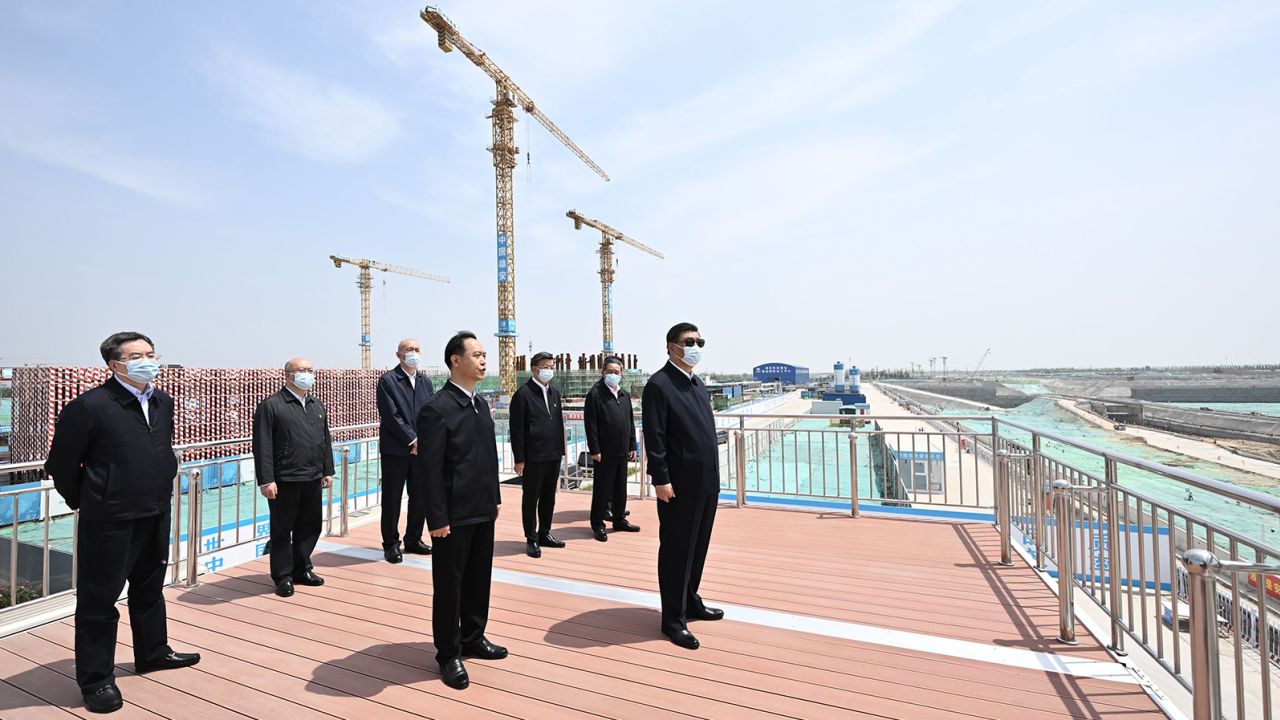China’s President Xi Jinping ambitious plan to create a cutting-edge city, Xiong’an New Area, has been marred by questions and concerns about its vulnerability to devastating floods. The plan, heralded as having “1,000-year significance,” aims to transform an ecologically sensitive region into a high-tech hub and sub-capital of the nation. However, the recent catastrophic floods in Beijing and Hebei province have sparked renewed debates about the wisdom of constructing a multi-billion-dollar city in an area prone to flooding.
The Genesis of Xiong’an New Area
In early 2017, Xi Jinping vision for Xiong’an New Area was unveiled, a vision that aimed to showcase an eco-friendly, modern city serving as a model for urban planning. The decision was met with skepticism, especially concerning the area’s susceptibility to environmental challenges such as flooding and drought. Six years down the line, the region finds itself grappling with the aftermath of record-breaking rains and floods.
Floods Highlight Vulnerabilities
The recent floods that swept through Beijing and Hebei province brought the vulnerabilities of Xiong’an New Area into sharp focus. While the main urban areas of Xiong’an did not report significant flooding due to ongoing construction of state-owned enterprise Offices, the devastation across the area has raised issues approximately the choice to construct a town in a flood-susceptible plain.
Balancing Protection and Development
As the floods approached in late July, China’s flood control officials prioritized the safety of Beijing and Xiong’an.The flash floods hit the mountainous outskirts of Beijing first, washing away infrastructure and inflicting havoc. Authorities further downstream had to make difficult choices regarding the management of flood waters. One decision was to discharge water into designated “flood storage zones,” which led to flooding in these areas, including in Zhuozhou city.
Impact of Xi’s Dream City
Experts suggest that the pressure to protect Xiong’an New Area may have influenced decisions about diverting flood waters. Zhuozhou, located upstream along the Baigou river from Xiong’an, may have been a focal point for such decisions due to its proximity to the dream city. By diverting flood waters to Zhuozhou and reducing their impact there, authorities aimed to mitigate the potential consequences for Xiong’an.
The Challenge of Coordination
The complex authority and jurisdiction landscape in China impacts how flood emergencies are manage, leading to challenges in decision-making. Coordinating responses between different departments and government agencies within the Beijing-Tianjin-Hebei region is crucial to effective flood control. Experts advocate for an integrated flood event management approach at a larger river basin scale to improve coordination and response.
The Future of Xiong’an and Flood Management
Xiong’an New Area is symbolic of Xi’s vision for a modern, green city. However, its low elevation and susceptibility to flooding pose ongoing challenges. As the area continues to develop in line with Xi’s plans, flood risks are likely to grow due to increased population, economic development, and climate change. The recent floods have prompted calls for improved emergency management systems and better coordination among authorities to prevent future disasters.
Conclusion
Xi Jinping grand plan for Xiong’an New Area, while ambitious and forward-looking, faces significant challenges related to flood vulnerabilities. The recent devastating floods in Beijing and Hebei province have rekindled concerns about constructing a city in a flood-prone region. Balancing urban development with effective flood management remains a critical task, requiring careful planning, coordination, and consideration of both short-term and long-term environmental risks.


